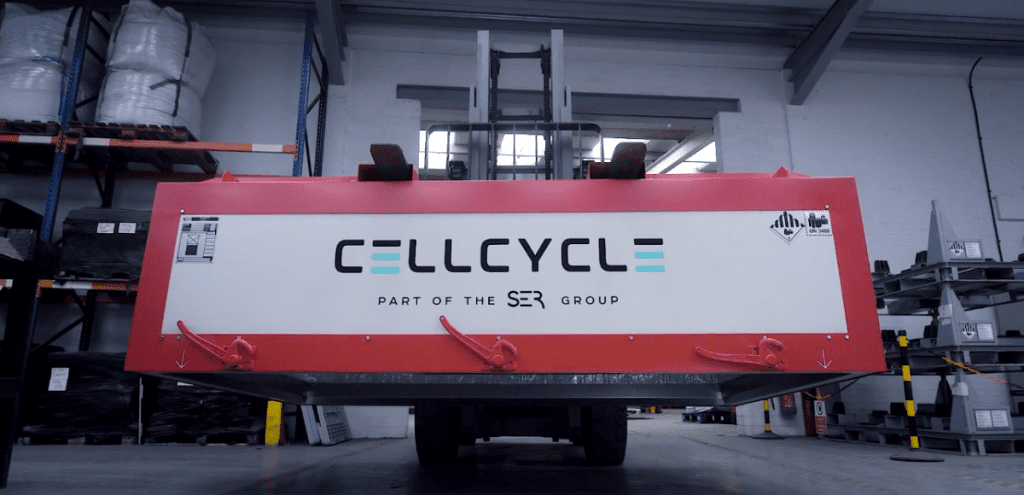In today’s battery-dependent industries, battery warehousing is no longer a simple matter of finding space. As the energy, automotive, and manufacturing sectors evolve, the warehousing of lithium batteries has become a critical lever for boosting business performance. From ensuring compliance with safety standards to enabling rapid deployment and securing customer trust, strategic storage for lithium battery offers far more than regulatory peace of mind.
Beyond Compliance: The Strategic Role of Battery Warehousing
While regulatory compliance is a fundamental requirement, the true value of compliant lithium battery warehousing lies in its ability to support key operational goals. For businesses working with new or used lithium batteries, a well-managed storage facility can:
- Accelerate time-to-market: With structured inventory systems, real-time monitoring, and commissioning-ready storage, businesses can shorten lead times and respond quickly to demand.
- Enhance customer trust: Clients and partners are more likely to rely on suppliers with proven safety protocols and organised asset management systems.
- Improve operational flexibility: Advanced warehousing models allow businesses to scale their storage needs, adapt to supply chain changes, and manage battery assets across their lifecycle.
Most importantly, a reliable lithium battery warehouse solution provider delivers the confidence that battery assets will always remain in their best state—safely stored, properly maintained, and ready for immediate deployment.
Basic Warehousing vs. Strategic Battery Warehousing
Let’s compare traditional warehousing with a modern, strategic approach to battery storage:
| Feature | Basic Warehousing | Strategic Battery Warehousing |
| Storage Conditions | General-purpose storage with limited temperature/humidity control | Purpose-built environment with safety controls tailored for lithium batteries |
| Compliance | Minimal adherence to regulations; high risk of non-compliance | Fully ADR-compliant with documented safety and audit-ready practices |
| Asset Visibility | Manual tracking, slow response to issues | Digital tracking systems for full inventory visibility and condition monitoring |
| Lifecycle Integration | No integration with battery commissioning or decommissioning | Fully integrated with testing, inspection, maintenance, and recycling services |
| Risk Management | Limited protection against fire, leakage, or thermal events | Comprehensive risk mitigation protocols, fire suppression, and isolation zones |
The Business Case for Strategic Battery Warehousing
Investing in strategic battery warehousing isn’t just a cost—it’s a performance enabler. Businesses that treat battery storage as part of their supply chain strategy are better equipped to:
- Reduce downtime and stock loss
- Prove due diligence to insurers and regulatory bodies
- Retain more value from battery assets across their lifecycle
- Strengthen sustainability credentials through responsible storage and lifecycle services
Conclusion
Battery warehousing is quickly becoming a competitive advantage for companies operating in energy storage, EV manufacturing, and industrial supply chains. By shifting from basic to strategic warehousing models, organisations can enhance performance across compliance, logistics, and customer operations. It’s not just about storing batteries—it’s about unlocking their full business value, with the assurance that every battery is cared for, compliant, and ready to power the next move.


